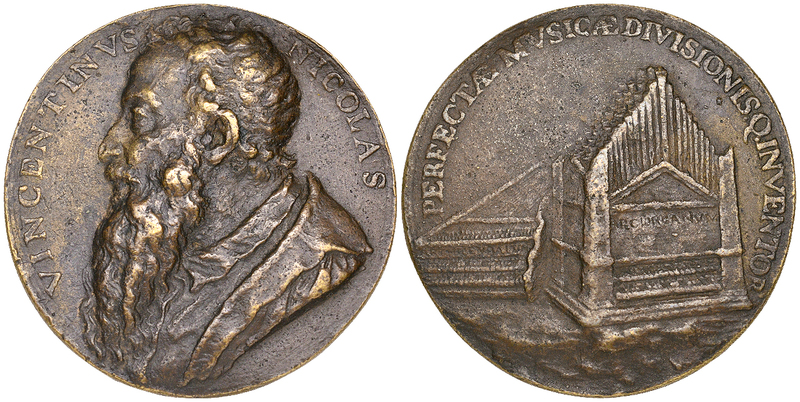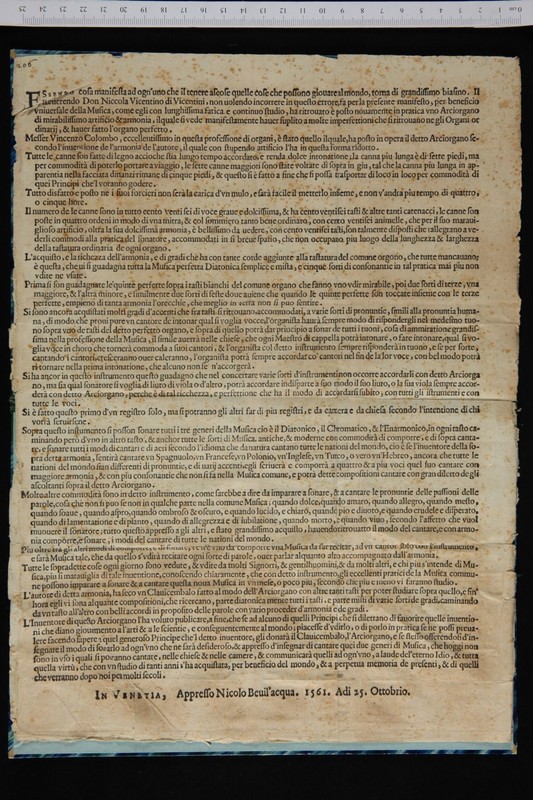Why Wood?
Early modern Italians valued the organo di legno for its distinctive timbre. In theory, the material itself of a pipe, whether it be wood, metal, glass, plastic, paper, or stone, does not impact the sound that the pipe makes. In reality, however, the individual properties of different materials drastically affect the ways in which pipe makers construct and voice pipes. For instance, metal pipes are cylindrical due to the casting process, whereas wooden pipes are normally rectangular, formed of four pieces of wood bound together orthogonally with glue. But even this major difference in the shape of the resonating pipe has little impact on timbre. What does impact timbre are subtle discrepancies in the shape of the mouth of the pipe. Due to its inherent qualities, sheet metal lends itself to being worked into a sharp lip (the upper part of the pipe mouth that cuts the moving air to create a sound wave) much more easily and consistently than wood does. We can expect even the sharpest wooden lip, the result of masterful woodworking technique, to be slightly duller than a metal lip. This subtle difference impacts the overtone spectrum produced by the pipe, and thus its timbre, with a metal lip resulting in a richer overtone spectrum than that of a wooden lip.
From the 1450s onward, witnesses repeatedly describe the distinctive tone quality of wooden organ pipes as dolce – sweet, gentle, tractable – and soave – sweet, gentle, soft. While the louder, silvery sound of metal pipes was optimal for filling a large church, it could be overpowering in a smaller space, such as a room in an academy, theatre, chapel, or apartment, particularly when used in combination with voices and soft instruments. The gentler sound of the organo di legno was ideally suited to these intimate settings, in which it could support singers and instrumentalists without drowning them out. In fact, the author of an anonymous treatise from around 1630, Il Corago, on the practical aspects of staging opera, described the organo di legno as the best instrument of all for accompanying singers. According to the author, wooden pipes serve as a “touchstone” for good singing.
Organi di legno also presented practical advantages over metal pipes. Wooden pipes are stable, robust, and easy to transport, whereas metal pipes, which often contain a high percentage of lead, are prone to damaging bends and dents. On the stability of wooden pipes, the composer Nicola Vicentino (1511-c.1576) commented that the pipes of the special microtonal organo di legno that he had invented, the arciorgano, “stay in tune for a long time.” And even with its 126 pipes, the arciorgano, once disassembled, could be carried by a single mule and reassembled within four or five hours.
Citation: Leon Chisholm, ‘The organo di legno’s timbral timber’, in: Materiality of Musical Instruments. A Virtual Exhibition.


